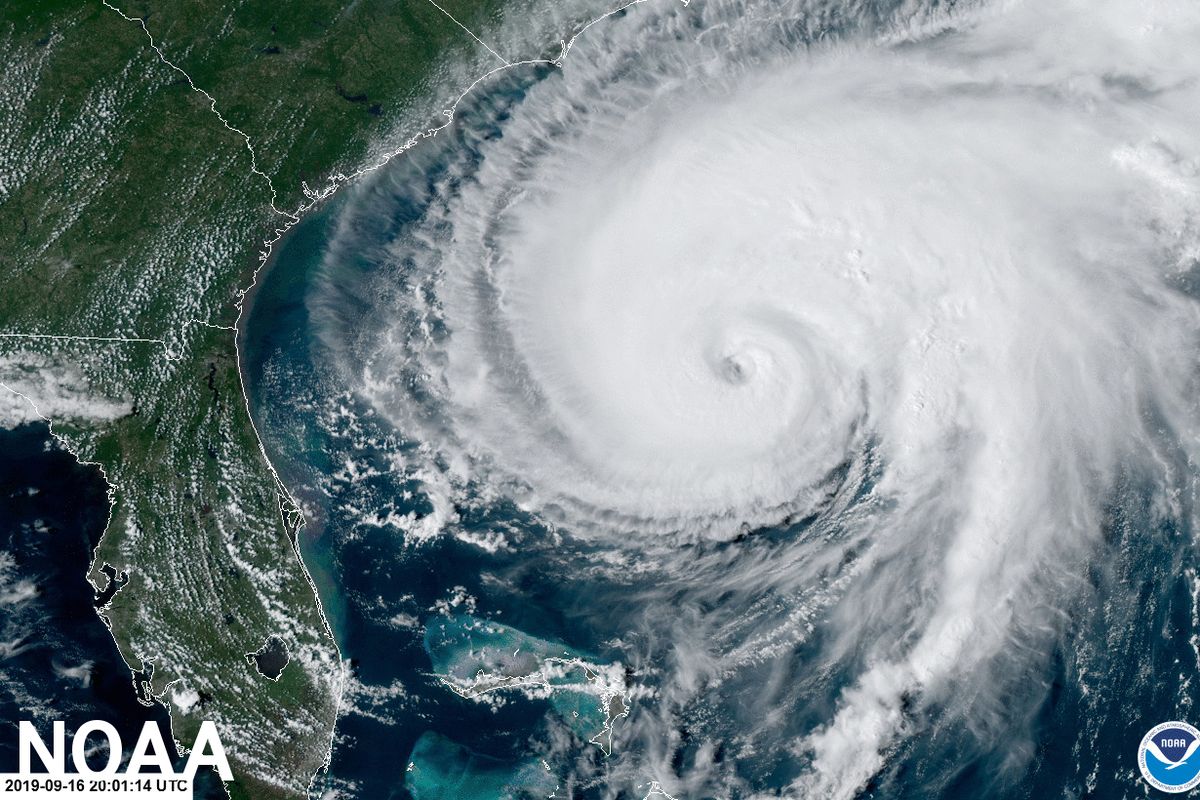Six People Killed in Philippine Typhoon

SAN ILDEFONSO, KOMPAS.com - The strongest typhoon to hit the Philippines this year left at least six people dead, authorities said Monday, Sept. 26, after heavy rain and fierce winds battered the country’s most populous island.
Typhoon Noru toppled trees, knocked out power, and flooded low-lying communities as it swept across Luzon on Sunday and Monday.
There have so far been no reports of widespread severe damage to buildings from the storm, which hit the country as a super typhoon.
Five people suffered minor injuries and several others are missing, disaster officials said.
“I think that we may have gotten lucky at least this time, a little bit,” President Ferdinand Marcos Jr told a briefing with disaster agencies.
Also read: Powerful Earthquake Hits Northern Philippines
Five rescuers were killed after they were sent to help flooded residents in San Miguel municipality in Bulacan province, near the capital Manila.
Lieutenant-Colonel Romualdo Andres, chief of police in San Miguel, said the rescuers were wading through floodwaters when a wall collapsed, sending them into the fast current.
“Our house was swept away by the flood, it’s gone,” said Willie Ortega, 59, in San Miguel. “We weren’t able to save anything, even the rice to eat, none.”
An elderly man died after he was hit by a landslide in Burdeos municipality on the Polillo Islands, part of Quezon province, where the storm made landfall, said Garner Jimenez from the local civil defense office.
The Philippines is regularly ravaged by storms, with scientists warning they are becoming more powerful as the world gets warmer because of climate change.
Noru smashed into the archipelago nation on Sunday after an unprecedented “explosive intensification” in wind speeds, the state weather forecaster said earlier.
It made landfall about 100 kilometers northeast of Manila, before weakening to a typhoon as it crossed a mountain range, coconut plantations, and rice fields.
More than 74,000 people were evacuated from their homes before the storm hit, as the meteorology agency warned heavy rain could cause “serious flooding” in vulnerable areas and trigger landslides.
But on Monday, there was no sign of the widespread devastation many had feared, as the storm moved over the South China Sea towards Vietnam.































